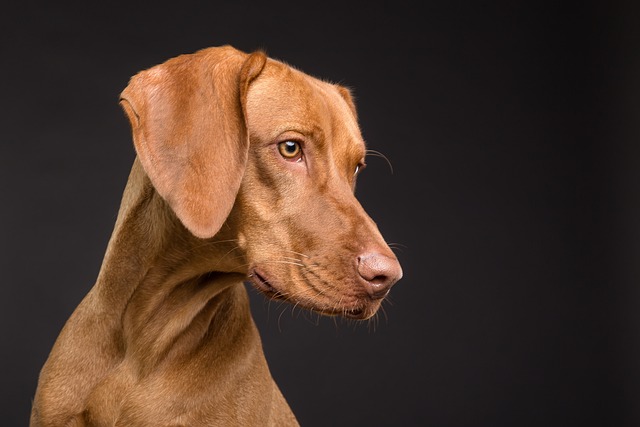
How to toilet train a springer spaniel puppy?
When a fluffy springer spaniel puppy stumbles into the house on unsteady little paws, it brings not only endless joy but also growth tasks that require patient guidance.
The problem of dogs going to the toilet has always been a headache for their owners. The sudden appearance of excrement at home not only affects the cleanliness of the environment, but may also cause small conflicts between the owner and the dog. But please believe that every time the dog makes a "mistake", it is not intentional, but it is conveying its confusion to us. So, how can we help dogs go to the toilet correctly and make the home environment return to harmony and beauty?
First of all, it is very important to understand the nature of dogs. Dogs are territorial animals. They are used to defecating in fixed places to mark their territory. Therefore, it is very important to select an exclusive toilet area for dogs. This area can be a corner of the balcony at home, a corner of the bathroom, or a specific location in the outdoor courtyard. Once selected, do not change it easily so that the dog can form a stable memory. When you bring the dog to this designated area, tell it in a gentle and firm tone: "This is where you go to the toilet." Although the dog cannot understand the specific words, your tone and actions will convey a clear message.
Observing your dog's behavioral signals is an important part of guiding him to go to the toilet correctly. Dogs often show some specific behaviors before they need to defecate. For example, they may suddenly stop what they are doing and start sniffing around, or pace back and forth in the room, and may also make a slight humming sound. Once you catch these signals, take your dog to the designated toilet area immediately. Don't be impatient or force it, but use gentle pulling movements to guide it. After arriving at the destination, wait patiently for the dog to complete the defecation process. When the dog successfully solves the problem in the designated area, immediately give it enthusiastic praise and rewards, such as delicious snacks, gentle caressing, or cheerful praise. The dog will associate defecation in this place with pleasant rewards and gradually form a conditioned reflex.
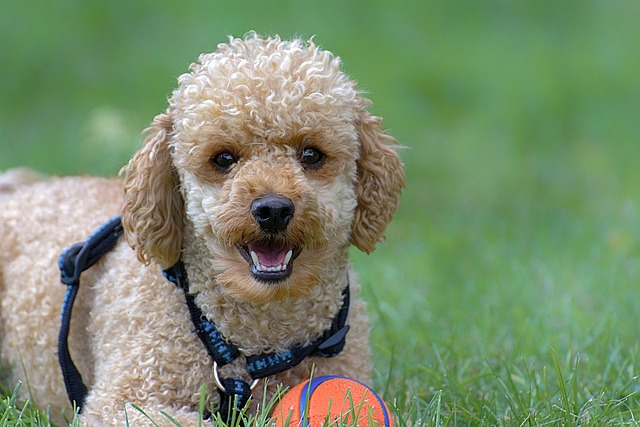 Regular life and work schedules are very helpful for dogs to develop good toilet habits. Feeding and providing water to dogs at regular times every day will help regulate their gastrointestinal motility, making defecation time more predictable. Generally speaking, dogs usually have the need to defecate within 15 to 30 minutes after eating and after waking up. Taking advantage of these regular time nodes and actively taking the dog to the toilet area can greatly increase the probability of it defecating correctly. For example, as soon as the dog wakes up in the morning, take it to the toilet area and gently encourage it to defecate. Adhere to such regular operations, and the dog will gradually adapt and form a biological clock.
Regular life and work schedules are very helpful for dogs to develop good toilet habits. Feeding and providing water to dogs at regular times every day will help regulate their gastrointestinal motility, making defecation time more predictable. Generally speaking, dogs usually have the need to defecate within 15 to 30 minutes after eating and after waking up. Taking advantage of these regular time nodes and actively taking the dog to the toilet area can greatly increase the probability of it defecating correctly. For example, as soon as the dog wakes up in the morning, take it to the toilet area and gently encourage it to defecate. Adhere to such regular operations, and the dog will gradually adapt and form a biological clock.
If the dog accidentally defecates in other places at home, never beat or scold it. The dog does not know that its behavior is wrong. Beating and scolding will only make it feel fear and confusion, and may even cause it to choose a more hidden place to defecate because of fear, increasing the difficulty of training. The correct approach is to stop it in a gentle tone, then quickly clean up the excrement and use a special pet deodorizer to completely remove the smell. Because the dog mainly relies on the sense of smell to find the place to defecate, the residual smell will attract it to defecate in the same place again. After cleaning, take the dog to the designated toilet area to let it know where the correct place to defecate is.
In the process of training a dog to go to the toilet, the owner's patience and persistence are the key to success. This may not happen overnight, and the dog may make mistakes repeatedly, but every persistence is a step closer to success. When you see your dog finally go to the designated toilet area on his own accord, the joy and sense of accomplishment are indescribable. The dog will also become more confident and happy because he can meet the owner's expectations. After all, in the dog's world, the owner's recognition and companionship are the greatest happiness, and helping the dog go to the toilet correctly is one of the important ways we give it love and care.

When a fluffy springer spaniel puppy stumbles into the house on unsteady little paws, it brings not only endless joy but also growth tasks that require patient guidance.
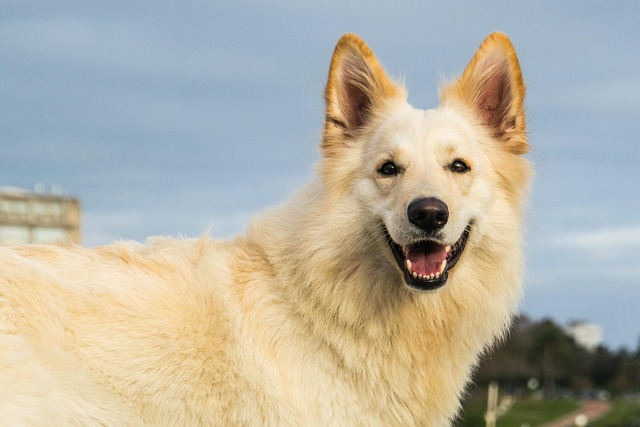
When we take our dogs for a walk or when there are guests at home, we sincerely hope that our dogs can sit still and show their well-behaved side.
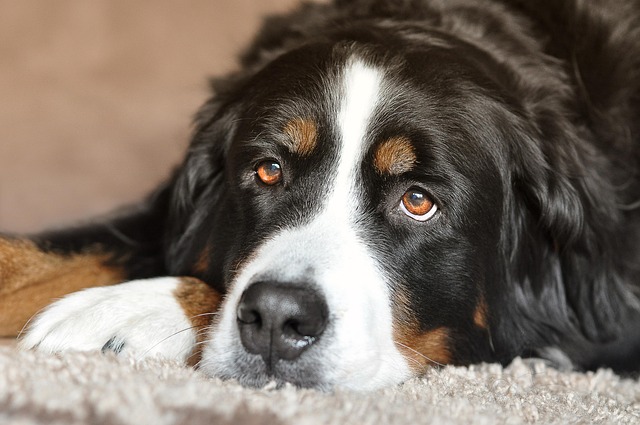
Walking a dog should be a wonderful time shared between the owner and the beloved pet. However, when the dog suddenly exerts force and drags the leash wildly, the comfort is instantly replaced by tension.
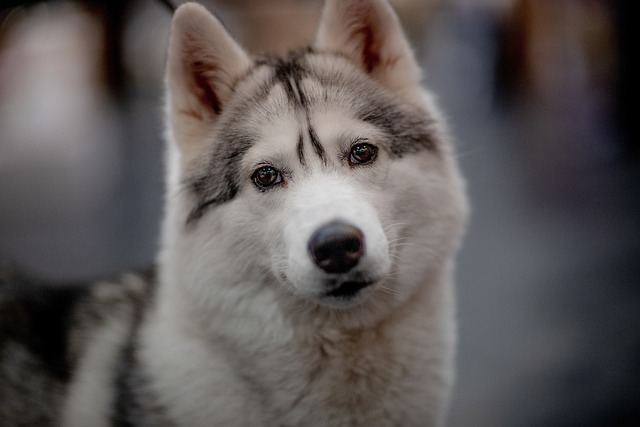
When the fluffy little puppy comes to our home, its innocent and lovely appearance instantly captures our hearts.
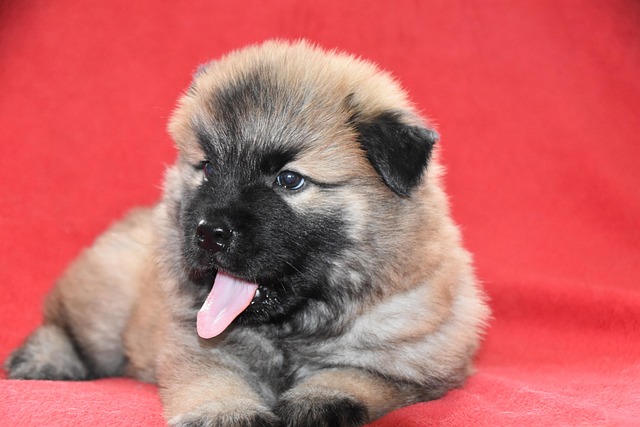
In the late night, when the whole world is immersed in tranquility, the dog at home suddenly starts barking incessantly. The sharp barking breaks through the silence,
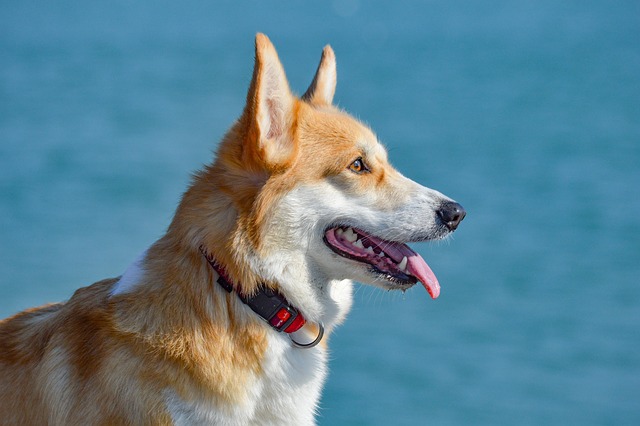
In the quiet afternoon or in the dead of night, the Siberian Husky at home suddenly starts barking loudly without any warning,